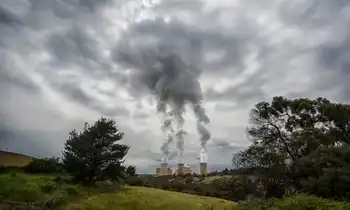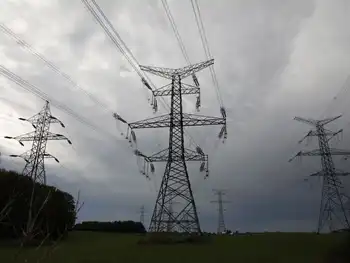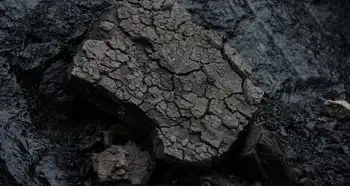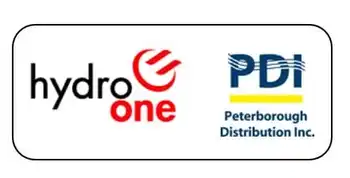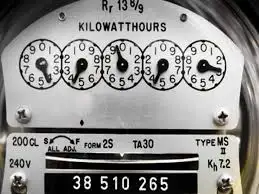Past in play for power plant
By Knight Ridder Tribune
Protective Relay Training - Basic
Our customized live online or in‑person group training can be delivered to your staff at your location.
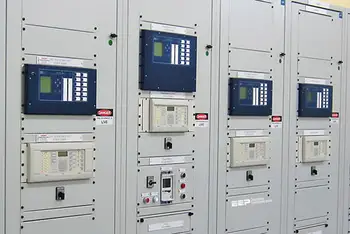
- Live Online
- 12 hours Instructor-led
- Group Training Available
At a recent meeting designed to resolve air-quality, water-quality, wildlife and cultural issues, officials with the California Energy Commission outlined three sites that need to be examined and secured before construction can proceed. The 563-megawatt project, to be built on 388 acres, would meet the electricity needs of about half a million people, providing energy directly to Southern California's grid.
The solar component will take up 250 acres. One site is a prehistoric area dating back 4,000 years that contains "trackways" of human and animal footprints dried in the clay about a foot under the earth's surface, said Mike Lerch, a consultant with the CEC who is tackling the cultural aspect of the permitting process.
Victorville, as the applicant in the process, had recommended that the sites were not significant, according to a CEC report, adding that such a recommendation was based on superficial observation alone and that greater scrutiny was needed.
The other two sites are pre-1952 houses, and all three "could have subsurface deposits that could yield data important in history or prehistory," according to a CEC report. The exact location of the three sites is confidential for their protection, Lerch said. The Mojave footprint site is currently deeded to the San Bernardino County Museum, he added. The site is near the water reclamation line at the Victor Valley Wastewater Reclamation Authority, which is set to provide reclaimed water to cool the power plant's heating tower.
The Mojave's footprint sites have features that stand out among cultural sites in the United States, Lerch said, referring to the way the footprints are preserved. The CEC does not have information exactly how far the footprints extend, so the next step is to take an accounting of what is really out there. "We don't want to disturb anything so we try to work around it," Lerch said.
Archeological sites were not the only things on the minds of those who attended the meeting. Frank Chaves, feeling a little outnumbered, appeared to be the only landowner who attended. He owns 160 acres on or near the site for the power plant.
Already he has sold a right-of-way to Victorville to install infrastructure. "I'd like to keep our property but what do we do?" said Chaves, a real estate investor who was hoping to develop the land for industrial use. The trading of pollution credits is still under scrutiny by the CEC.
One official noted that both volatile organic compounds and nitrous oxide are related to depletion of the ozone layer. Victorville 2 needs about 50 tons per year of VOCs and 150 tons per year of NOx . Translated to credits that amount to about 455 tons per year, meaning the city will be paying about $3.5 million to the South Coast Air Quality Management District to get the credits.






